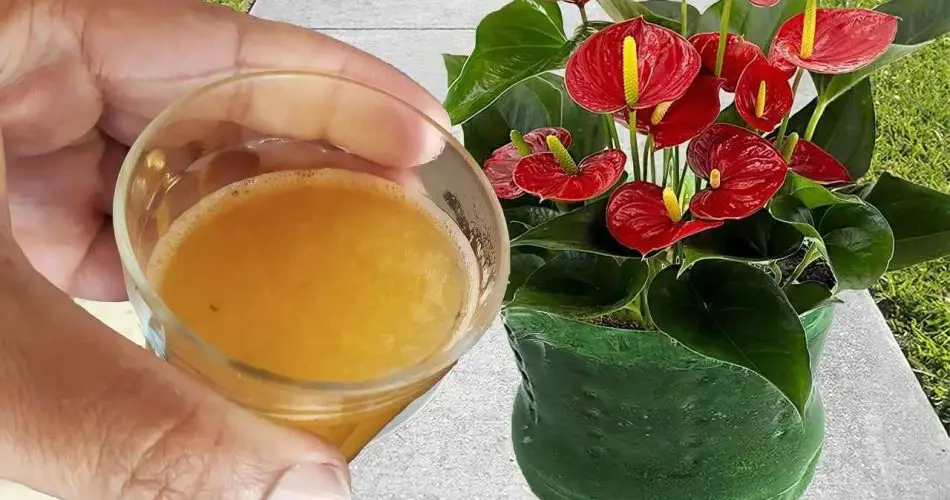Pour This Cup for Lush Flowers Guaranteed to Thrive for Three Years
Experience the magic of a one-time application of this unique blend, proven by nurserymen to yield instant results for flourishing blooms.
Creating a garden bursting with vivid colors and fragrances is truly a delight, but understanding and maintaining your plants is crucial. Different plant types have varied needs, some of which can be challenging to meet. Seasoned gardeners are eager to share a secret: a single cup of natural fertilizer can work wonders.
USES OF PLANT FERTILIZER
Natural fertilizers are packed with essential nutrients like calcium, potassium, and sulfur, vital for plant growth and flower beauty.
A fertile, well-nourished, and hydrated soil provides the foundation plants need to thrive.
Fertilizer functions include:
Enriching the soil Thoroughly nourishing the soil Combating germs, bacteria, and plant irregularities. Plant Fertilizer Plant Fertilizer – NanoPress.it Fertilizer should be applied at specific times of the year depending on the plant species. It improves the soil’s pH and delivers deep nourishment via the roots.
While chemical fertilizers are available, homemade versions can be equally effective using nutrient-rich ingredients.
Achieve Lush Flowers with Natural Fertilizer A select group of gardeners has divulged a special recipe using a common, beloved fruit, typically enjoyed on its own or in desserts and ice creams.
The secret lies in the fruit’s peel, which serves as an exceptional natural fertilizer, ensuring flowers stay vibrant and healthy. The key components include:
Blend these simple ingredients for two minutes, then strain the mixture to create a potent liquid fertilizer.
Apply directly to the soil and allow it to work its magic. A follow-up application after a month ensures continuous nourishment, promoting beautiful and healthy blooms.
Papaya, a tropical fruit from the Caricaceae family, is known for its high content of antioxidants, potassium, magnesium, Vitamin C, Vitamin A, folates, and carotenoids. Originating from Mexico, this fruit features a unique elongated shape with peel colors ranging from orange-yellow to green.
